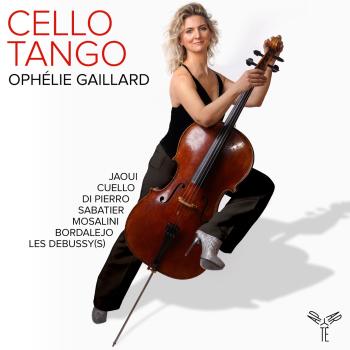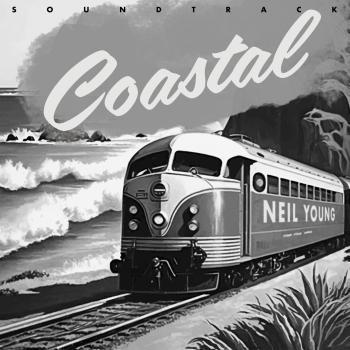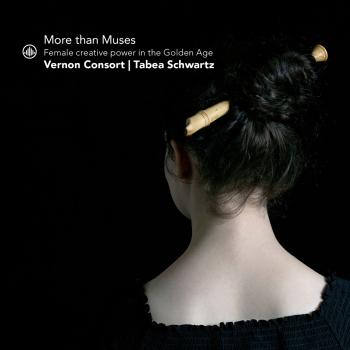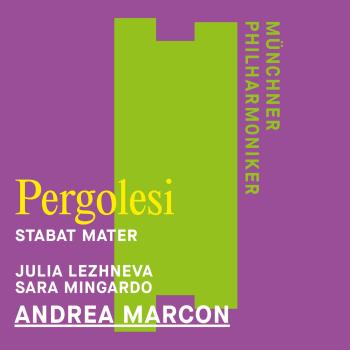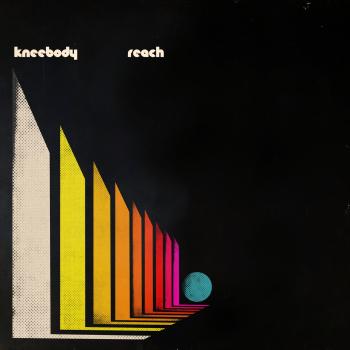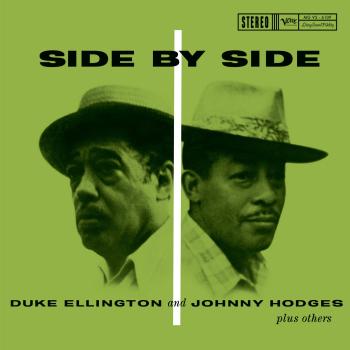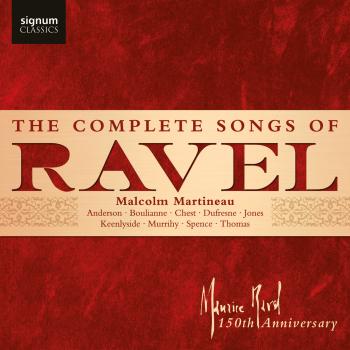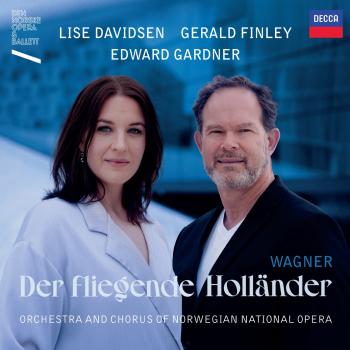
Liszt: The 2 Piano Concertos Nareh Arghamanyan
Album info
Album-Release:
2012
HRA-Release:
07.07.2015
Label: PentaTone
Genre: Classical
Subgenre: Concertos
Artist: Nareh Arghamanyan, Rundfunk-Sinfonieorchester Berlin & Alain Altinoglu
Composer: Ferencz Liszt (1811-1886)
Album including Album cover Booklet (PDF)
- Franz Liszt (1811-1886): Piano Concerto No. 1 in E-flat
- 1 Allegro maestoso 05:24
- 2 Quasi adagio - Allegretto vivace 09:10
- 3 Allegro marziale animato 04:14
- Piano Concerto No. 2 in A
- 4 Adagio sostenuto assai - 05:10
- 5 Allegro agitato assai - 07:38
- 6 Allegro deciso - 02:56
- 7 Marziale un poco meno allegro 06:07
- Totentanz (Dance of Death, paraphrase on -Dies irae-)
- 8 Andante - Allegro - Allegro moderato - 02:00
- 9 Variation 1 - Variation 2 - 01:33
- 10 Variation 3 - 00:33
- 11 Variation 4 - 03:22
- 12 Variation 5 - 03:59
- 13 Variation 6 04:11
- Fantasia on Hungarian Folk Themes, S123/R458, -Hungarian Fantasy-
- 14 Fantasia on Hungarian Folk Themes, S123/R458, Hungarian Fantasy 15:33
Info for Liszt: The 2 Piano Concertos
The debut album of Nareh Arghamanyan, born in Armenia who was admitted to the Vienna Conservatory at the age of 14 (youngest ever). This Rachmaninov recital was very well received. Classics today gave it a 10/10 and uses it as benchmark recording. This recording has already generated great reviews in the US
“These interpretations...display some obvious strengths: the technique of this young Armenian-born pianist is beautifully fluent, giving her playing a freedom that is not at all slick or perfunctory, and she also offers likeable, rounded tone and more than reasonable firepower. But you do also need the imagination to come up with individual things to say and there's too little evidence of this.” (BBC Music Magazine)
“Here is playing of real poetic poetic allure bathed in a golden piano tone.” (Gramophone Magazine)
„…Of special note in the First Concerto is Arghamanyan's playing of the second movement Quasi adagio at times so affectionate and intimate. Suddenly altering character the music becomes stormy and forthright with Arghamanyan shifting swiftly to a joyous and up-lifting mood. The sound of the infamous triangle in the Allegretto vivace was barely audible. This is light-hearted music that seems to canter along without a care in the world with Arghamanyan confidently negotiating the hazards along the way. With occasional bouts of seriousness in the buoyant and jaunty writing of the final movement there is spirited and assured playing. I loved the barnstorming Presto conclusion... ... With Arghamanyan and Altinoglu I especially enjoyed the restless feel and quick tempo of the opening movement. It generates a real sense of drama. The opening of the Allegro agitato assai feels ominous building to a compelling climax before moving to a relaxing world of ease and comfort. I loved the windswept quality of the Allegro deciso with its keen forward momentum and muscularity. Most remarkable are the contrasting moods in the Finale marked Marziale, un poco meno allegro. The bravura conclusion is dramatic... It seems that Liszt was inspired to write his Totentanz (Dance of death or Dance macabre) Paraphrase on the Dies irae for piano and orchestra, S.126 by the magnificent frescoes titled The Triumph of Death on the wall of the basilica in the Campo Santo at Pisa. The Totentanz comprises a series of variations that embodies the plainchant of the Dies Irae. It was first sketched out by Liszt around 1839 and completed by 1849 undergoing subsequent revision. Here the soloist shows fine musicianship giving a most persuasive account that conveys a wide range of colour and dynamic. The conclusion is both exhilarating and highly dramatic. With regard to alternative recordings I admire the stirring and confident performance from Krystian Zimerman mentioned above. Liszt's Fantasy on Hungarian Folk Tunes for piano and orchestra, S.123 (Hungarian Fantasy) composed in 1852/53 has a similar style with comparable energetic rhythms to his renowned Hungarian Rhapsodies. It's a score that I experience as frequently coarse, overblown and sometimes brash but always absorbing and often thrilling. Arghamanyan is a most persuasive soloist. Of the finest accounts of the Hungarian Fantasy I'm happy to stay with Arghamanyan on Pentatone. As an alternative there is the vibrant 1981 Philadelphia account from soloist Cyprien Katsaris and the Philadelphia Orchestra under Eugene Ormandy on PIANO 21 P21 022-A. The orchestra play convincingly throughout this disc demonstrating keen concentration and splendid musicianship. The orchestral colours are broad in range and spectacularly vivid.“ (Michael Cookson, MusicWeb International)
Nareh Arghamanyan, piano
Rundfunk-Sinfonieorchester Berlin
Alain Altinoglu, conductor
Nareh Arghamanyan
In her early twenties the Armenian pianist Nareh Arghamanyan, winner of the 2008 Montréal International Music Competition, belongs to the promising generation of today’s fine pianists.
Highlights in her 2011/12 season include her debuts with the Wiener Symphoniker and Xian Xhang, the City of Birmingham Symphony Orchestra and Vasily Sinaisky performing Rachmaninov Rhapsody on a Theme of Paganini, the hr-Sinfonieorchester Frankfurt and Kazuki Yamada with Tchaikovsky piano concerto No.1, the NDR Sinfonieorchester Hamburg, the Orchestre Philhamornique de Strasbourg, the Wiener KammerOrchester with Mozart piano concerto No.17 KV 453 as well as the Malaysian Philharmonic. In recital she appears at prestigious venues such as the Tonhalle Zurich, the Berliner Philharmonie, the Musikverein Wien; other cities include Hannover, Friedrichshafen, Bremen, Basel and Innsbruck.
In the USA Nareh Arghamanyan has made an impressive New York debut at the Frick collection as well as at San Francisco Performances, resulting in a reinvitation to their “Young Master Series” in April 2012. She performs at the Boston Gardner Museum Concerts and the Philadelphia Chamber Music Society. Orchestras she has performed with include the Vancouver Symphony with James Gaffigan, the Utah Symphony with Christian Arming and the Orchestre Métropolitain du Grand Montréal with Keri-Lynn Wilson.
At the invitation of Mitsuko Uchida, Nareh Arghamanyan returns to the prestigious Marlboro Festival in summer 2011. She appears at Schleswig-Holstein Musik Festival and Davos Festival. She has played at many festivals internationally including the Tanglewood Festival, Festival de Lanaudière, Festspiele Mecklenburg-Vorpommern and the Colmar Festival.
In 2011 Nareh Arghamanyan signed an exclusive recording contract with the Dutch label Pentatone. The first disc (solo Rachmaninov) will be released in November 2011. Most recently, the Analekta label released her recording of the Rachmaninov 2nd Sonata and Liszt B minor Sonata to great acclaim. The Kulturspiegel wrote: “Arghamanyan takes on not one but two of the most difficult pieces in the piano repertoire for her debut-CD and wins. She dives into the notes with dazzling technique and artistic vision. The final movement of the Liszt-sonata has probably not been mastered so rapidly since Leon Fleisher. “
She has won an impressive number of awards: the 1st Prize at the 2007 Piano Campus International Competition in Pontoise and the 2nd Prize at the 2007 Jose Roca International Competition in Valencia. In 2005 she won the Josef Dichler Piano Competition in Vienna, and the following year was awarded a scholarship from the Herbert von Karajan Foundation.
Born in 1989 in Armenia, Nareh Arghamanyan began her piano studies at the age of five. Three years later, she entered the Tchaikovsky Music School for Talented Children in Yerevan, where she studied with Alexander Gurgenov. In 2004 she was the youngest student to be admitted to the University for Music and Performing Arts Vienna, where she studied with Heinz Medjimorec. Since October 2010 she continues her studies with Arie Vardi in Hannover.
Booklet for Liszt: The 2 Piano Concertos

